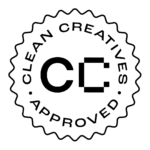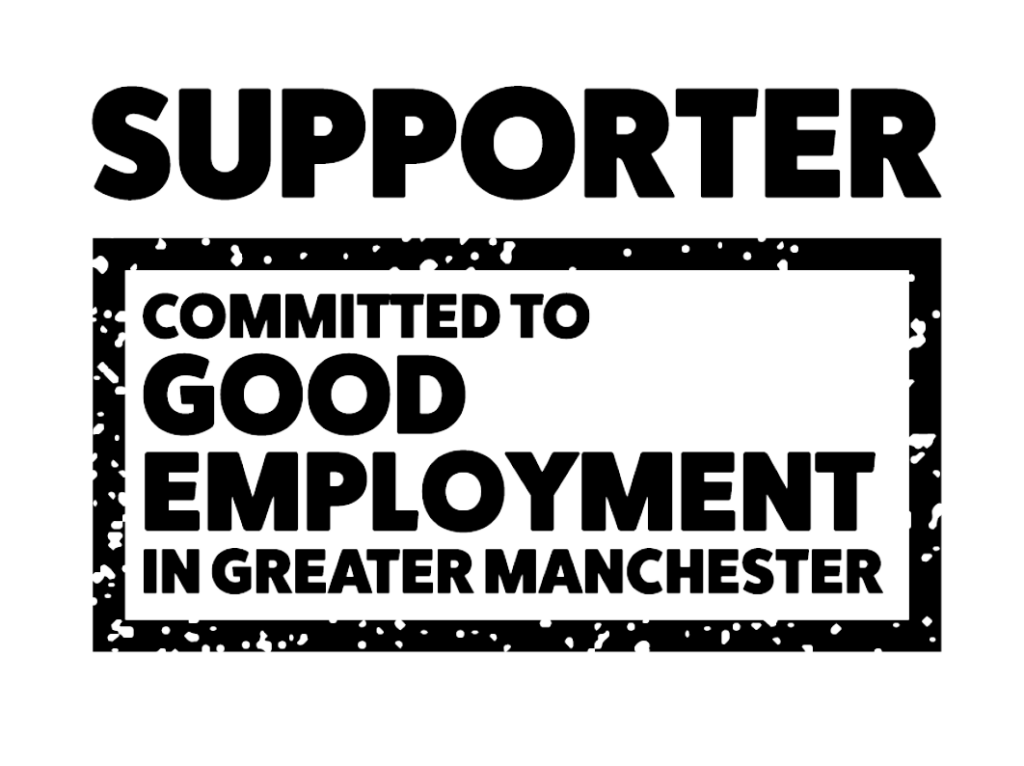You’ve done the hard work. Your marketing is working like a dream and driving a steady stream of traffic to your online landing page.
But now what?
That web page needs to convert each and every person that lands there to take a specific action, whether that is to:
- make a purchase of a product or service
- give you their contact details for a call back
- subscribe to your newsletter or email mailing list
- download a piece of content such as an ebook or report
- register for a live or online event / webinar
So how do you write a landing web page for conversion? Here are the 10 golden rules that will help you convert like crazy and avoid a high bounce rate.
Website copywriting for conversion
1. Hone in and highlight the pain
What is the problem your product, service or offer will solve?
Here’s your chance to Spell. It. Out. and connect with the page visitor on an emotional level. A great tactic is to ask them rhetorical questions so they immediately relate:
- Are you short on time?
- Do you want more quality clients?
- Are you looking to streamline this process?
Don’t waffle, cut to the core of their pain and create a need.
2. Present the solution
Now you’ve hooked your visitor you can swoop in and solve their business problem. Detail the value and benefits you – and only you – can offer them. Be clear and specific on your unique offer and what that offer will help them achieve.
Include ‘wow’ metrics or guarantees about what they can expect by purchasing your product or claiming your offer and in what timeframe. Numbers and statistics are proof that you have the business solution they require.
3. Add social proof
Before they commit, many people like to see that others have benefited from using your solution.
Social proof prompts your visitor to think, “Well, they have helped them, so they can help me too.”
High-level case studies, reviews and third-party testimonials help to convince people you’ve got the goods. Quotes and logos from named, happy customers work well too.
4. Hero headlines
The headline is the hardest-working piece of copy on your page. A visitor will spend three seconds on a web page before deciding to continue or to bounce off somewhere else.
For conversion success it is crucial to:
- a) use action-orientated and value-driven words
- b) communicate the value of your offer immediately
Verbs like ‘learn’, ‘optimise’, ‘drive’, ‘integrate’, ‘utilise’, ‘engage’, ‘download’ are excellent action words.
For example, a recruitment agency is running a webinar with the ultimate goal of adding more candidates to their database. The landing page needs to get people to sign up with their email address to attend. The heading could be:
‘Learn the six proven techniques to succeed in every interview.’
After your main header, use subheadings to hold a visitor’s attention, clearly demonstrate the benefits and add further persuasion. Following the example above, the subheading could read:
‘This free webinar will teach you the tried and tested methods to nail your dream job, in just thirty minutes.’
Subheadings can also be used to intrigue the visitor with a surprising statement that might contradict standard thinking. An unexpected statement for our recruitment agency could be:
‘It’s a myth that arriving early for an interview gives the best impression, it doesn’t. This webinar will teach you what does.’
5. Make copy scannable and scrollable
A high-converting web page has enticing, concise and informative copy that can be easily and rapidly digested. Break up your copy with bullet points that explain the benefits, making sure that the top benefit is noted first and you have no more than seven.
Highlight key benefits by using italics or bold text and keep moving the visitor down the page with different font sizes for headers and sub headers, short paragraphs and simple, jargon-free language. You can also use a different font colour for headings as well as white space and relevant imagery.
But don’t go overboard, keep the page clean and uncluttered.
Many people use their smartphones to go online, so check copy on your mobile device. A short sentence written in Microsoft Word could span over three lines on a phone screen and cause a visitor to click off your page.
Your aim for body copy is brevity and readability. A wall of text is an immediate, zero-converting, turn off.
6. Keep it consistent and error-free
Your landing page is a selling tool and you need to think of it that way. Would you meet a prospective client looking scruffy? No, and neither should your landing page.
The first impression counts, and if a visitor to your page sees it riddled with mistakes, they are unlikely to trust the quality of your service or offer.
You need to thoroughly proofread your copy to ensure there are no grammar errors or typos. Fact checking is vital if you have dates or statistics included. And if you mention another brand, make sure it’s spelt correctly.
Also pay close attention to consistency, especially in the names of your services or product – is it capitalised, does it have a hyphen etc. You might spell the word as ebook, or eBook, or Ebook. All those variations can be used, but pick one and stick to it.
7. Make it about the reader
Build a connection with the person visiting your page and make them feel you are speaking directly to them by using the second person, ‘you’ and ‘yours’.
This page is all about what value you can give to them, and not about what they can bring to you.
8. Make the action obvious
A high-converting landing page asks the reader to do one thing. Have one glaringly blatant ‘button’ or link on your landing page that can’t be missed to propel a visitor to take the desired action.
Don’t underestimate the importance of the copy on this button. It needs to be uncomplicated and precise.
You can switch into first person for your call to action, which has been shown to help drive more conversions:
- Sign me up now!
- I’m ready to learn about writing business blogs!
- Send me my free ebook
Or, if the action you want your visitor to take is a purchase, then ‘Buy now’, ‘Book now’ or ‘Shop now’ is standard copy used on ecommerce landing pages. You could try making this text unique to your offer as it might improve your conversion rate. For example, ‘Get my time-saving course now’.
Split test the copy for two calls to action to see which converts best for you.
9. Create a sense of urgency
Want to boost your conversion? Have a time- or volume-limited offer, such as ‘half price for the next seven days only’ or ‘limited seats, book now to secure your spot’.
People hate to feel they might miss out and creating a sense of urgency helps to convert those visitors who were wavering with a decision.
10. Optimise for search
You should be driving dedicated traffic to your landing web page through marketing efforts. However, you can also optimise your page for SEO to drive organic traffic.
Write naturally and don’t force keywords. Convey value, relevancy and a single purpose.
Ensure your user experience is positive and the visitor takes the intended action, as this will naturally boost your SEO. However, do not rely solely on organic traffic as it is likely to be a trickle rather than a torrent.


